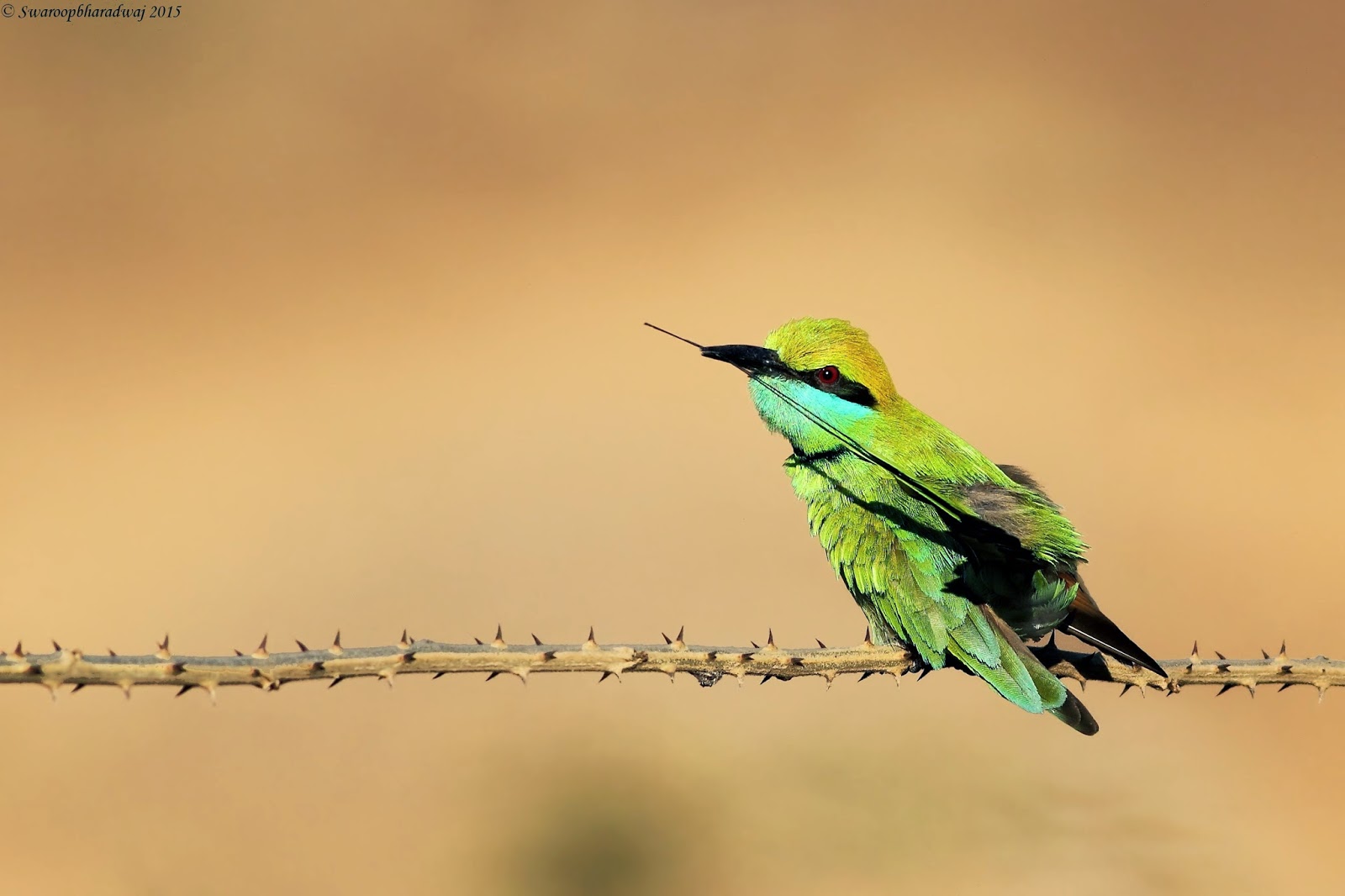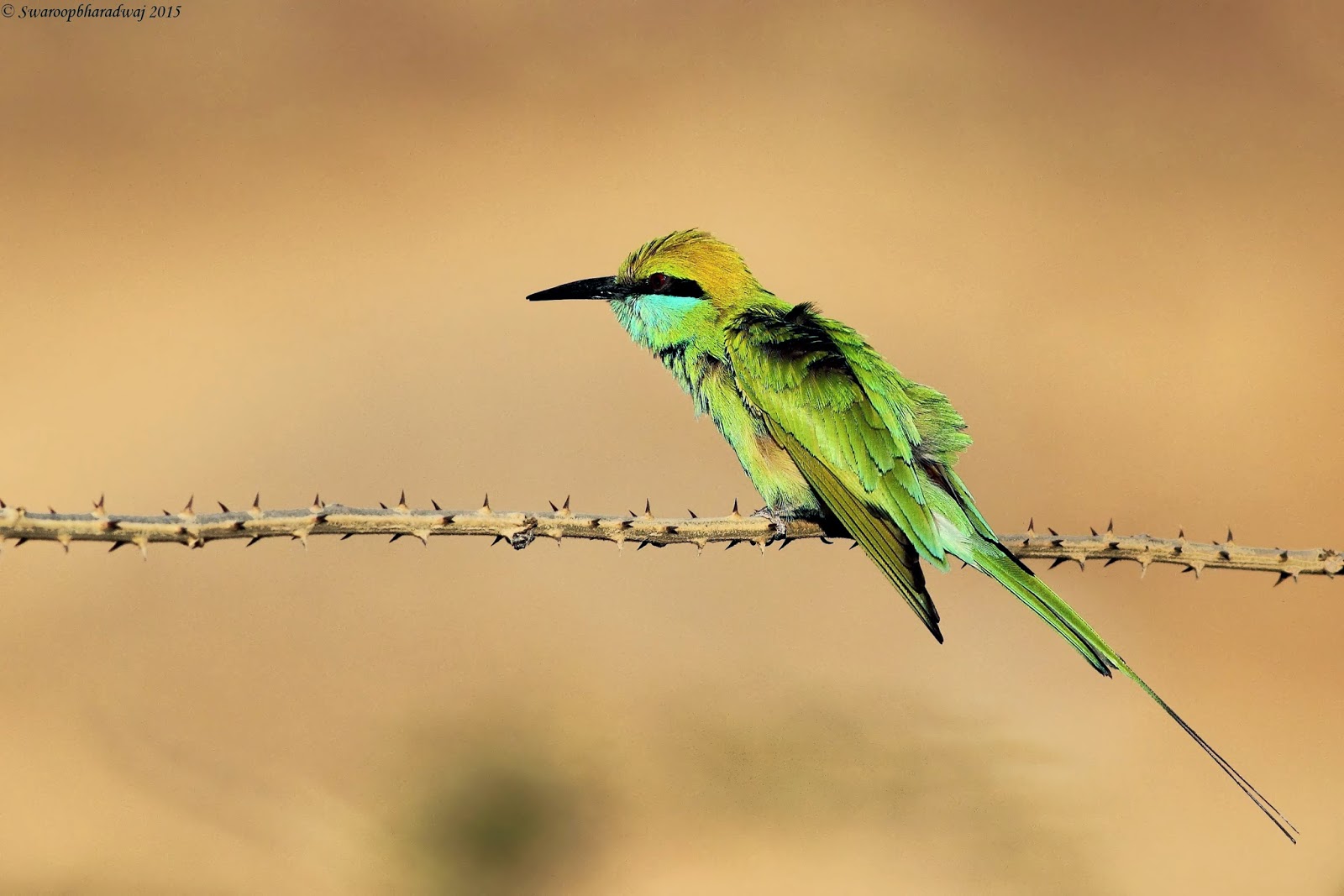The Big daddy on road - Yes, the THAR Crde 4 X 4
Disclaimer:
The entire review write-up here is purely my personnel opinion of initial ownership of Mahindra Thar Crde 4X4, the actual individual opinions are subjective and may differ from person to person. Any positive comments mentioned does not intend to promote the product or negative comments to degrade the product. Since it is personnel opinion, for any undesirables as the outcome of any decisions based on this review, any wrong information written here, reviewer can no way be held responsible for the same. However at most care has been taken while writing review.
The Vehicle:
The THAR Crde 4X4 launched in India some time in 2010 which is built on the platform of Legendary MM550, with chassis made from Bolero and Scorpio combination (as claimed by M&M and other websites). The THAR is equipped with about 2.5 Liter Crde deisel engine that deliver 105bhp peak power and 247Nm Peak torque. Additional the vehicle is built in with BrogWarner 4X4 drive system. Later the vehicle received many functional and cosmetic changes since launch.
The Buying decision:
I was using Tata Indica Xeta GLS for about 8 years 3 months as my first four wheeler before the THAR comes home. I felt the need of real rugged bull for my requirements (for moderate offroad to support my passion) as I used to drive my car where ever I liked, with certain limitations. Biggest influences on decision making points are,
1. As I used to drive a hatch for 8 years plus, felt like going for something big but definitely not a sedan (the whole idea behind selling the car was not to get one more car!)
2. Couple of times my car struck in a slush where local tractor was used to pull it on road - here 4X4 came into picture for self sufficient torque and traction.
3. The rural Indian roads, trails, road humps, small brides on water channels are rough enough to cause annoyance by often hitting the under parts of the car - obviously higher ground clearance comes into picture.
4. Finally the dents on the cars though if you don't like it happens and money spent on repairs! No exceptions on Indian cities...
5. Occasionally (on family functions) people carrying capacity...
6. Budget!
7. Horse Power
Decision Making on Thar:
The Thar first took my attention in 2011 sometime and its road presence, the Looks, Majesty made me surrender to it - in-fact love at first sight, I was clean bowled. Then started deep research on it, reading reviews, test drives, speaking with other owners/ showrooms etc. I convinced myself that it is the perfect wagon for my attitude - Attitude matters right ?
With out any second thoughts decided on Thar, with hell lot of other options on four wheelers available , hence I did not become an easy victim of confusions - Straight decision without bias, the THAR Crde !
Other Close Options for the points influenced buying Thar:
1. Mahindra Bolero ZLX, one more rugged SUV from Mahindra, does not have 4WD and felt the engine is slightly under powered as it delivers only 63 BHP peak power. Absense of uniqueness as it is more on roads.
2. Renault Duster - An expensive one that pinches my pocket! Low road presence and looks like chocolate hero!
3. Ford Ecosport - Feminine looks, more car like, looks softy and does not comes with 4WD.
4. Force Ghurkha - One more ultimate machine for off roading, did not have enough courage to buy one because of looks and was yet to prove on Indian roads...
Detailed comparison below,
Buying Process :
Two of the dealers in Bangalore could not make it with me, some how I was not comfortable with! Finally approached Anant Cars, they pleased me with immediate response in arranging test drives, transparent negotiations, loans, over all friendly & comfortable move. Booked the vehicle on 06.06.2015.
Delivery and Negotiations:
Few accessories like insect mesh, grills for lights were a part of the deal and the only discount offered was corporate discounts.
I had no patience to hold any more, I booked the colour M.Red which was available readily to be delivered.
Upon sending images to family members, had to face bombardments due to red colour (said too fancy for a jeep) None admired the colour. So back to basics - The Rocky Beige (Green shade).
Took delivery on 22.06.2015 with as usual transit delays. Aha what a pride in owning the Macho Man (I call it so!)
What did I like the most in THAR after 820 KM ride a on 30.06.2015:
- The 105 horses 2.5L Power House! Smooth, powerful and yet low NVH.
- Macho looks with its massive size. An head turner
- 1.67 tons of all steel body - I could observe fender eye, dash and canopy to be major non metallic parts, rest are all rugged.
- 4 X 4 with high ground clearance does not care for any type of bad roads or no roads. Go anywhere attitude.
- Tyres
- Decent Highway performance, once 1800 rpm mark is crossed the vehicle rules the highway... All power is yours, the fun comes when overtaking.
- Big bully on city traffic - No drama or nuisance with Thar from two wheelers/ auto rickshaws / small cars and sometimes BMTC bus.
- Driver position, commanding view of road and top of the world feel.
Niggles (Personnel opinion):
- Low security, cannot keep anything valuable inside, due to soft top.
- Little Bumpy on bad roads - can't help after all its an off roader, but not that bad to leave with.
- If you focus too much on interiors then it is just decent , but who cares for plastics if you have tons of steel... :)
- Soft top is bit noisy above 70-80 kmph speeds.
- Dust entering inside vehicle.
Over all opinion:
Absolute no regret buy. Decent performance on highway and great ride, good handling, bit scary in sharp turns at speeds above 80 kmph. Decent functional A/C. Can use as the primary Car as I use it like with little compromise on comforts like a car. Expected mileage around 13-14 Kmpl, now getting about 10-11 kmpl since new. Effortlessly handles bad roads, slush, mud inclinations in 4WD mode...

















































